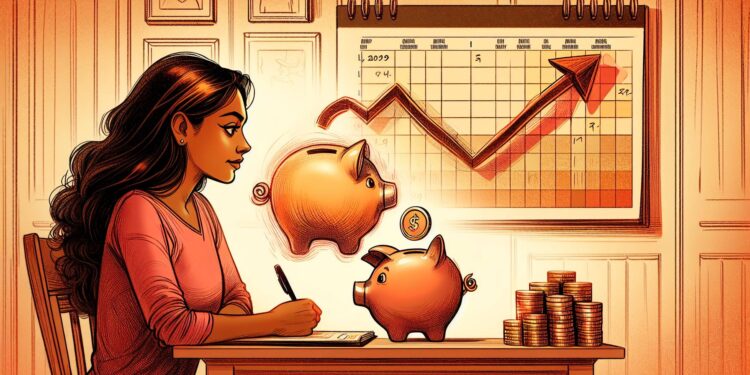On New Year’s Day, a ‘no-spend’ resolution was launched, aiming to reassess spending habits and replenish savings drained by wedding and honeymoon expenses. The goal? To counterbalance the rising trend of unchecked online spending.
By February 1, significant changes were apparent. Everyday decisions were made to dismiss any needless desires while maintaining financial stability. By the end of March, online shopping temptations were effectively curbed, and come April and May, the ‘no-spend’ campaign had evolved into a new way of life.
June marked the halfway point of the commitment to this new lifestyle. As the year ended, the successful campaign brought about a remarkable increase in savings, a shift in behavior, and an improved mentality toward money management.
The journey to frugality brought challenges and the realization of distinguishing between necessities and excesses in life. The initial weeks proved tricky due to the drastic lifestyle change. Over time, however, the outcomes were encouraging. The experiment forced a reflection on spending habits and a deeper understanding of the value of money.
Among the reported positives were less financial strain and more contentment in life.
Reaping rewards from the no-spend challenge
Participants adopted a more minimalistic lifestyle, ultimately leading to a more satisfying, financially stable way of life.
The no-spend mission might appear daunting, especially when you’re married and have a full-time job. The first month was surprisingly manageable, however. Steps taken included unsubscribing from marketing emails and cutting out unnecessary luxuries. Despite expected difficult moments, such as birthdays and anniversaries, creativity reigned, and the rewards were soon apparent in the climbing bank balance and dwindling debts.
By the end of the year, the no-spend endeavor had fully transformed the participants’ lives. Most debts were paid off, and a savings nest was building up. More importantly, the value of simpler living was rediscovered, leading to a warm, joyful home filled with love, creativity, and contentment, all without feeling the strain of penny-pinching.
In conclusion, the no-spend challenge proved to be a valuable exercise in understanding personal consumption habits. The journey led to significant savings and lifestyle improvements, from combatting impulse purchases to appreciating simple, low-cost pleasures. The challenge highlighted the small necessities one needs for a fulfilled lifestyle and acted as a mirror of our motivations behind spending behaviors.


